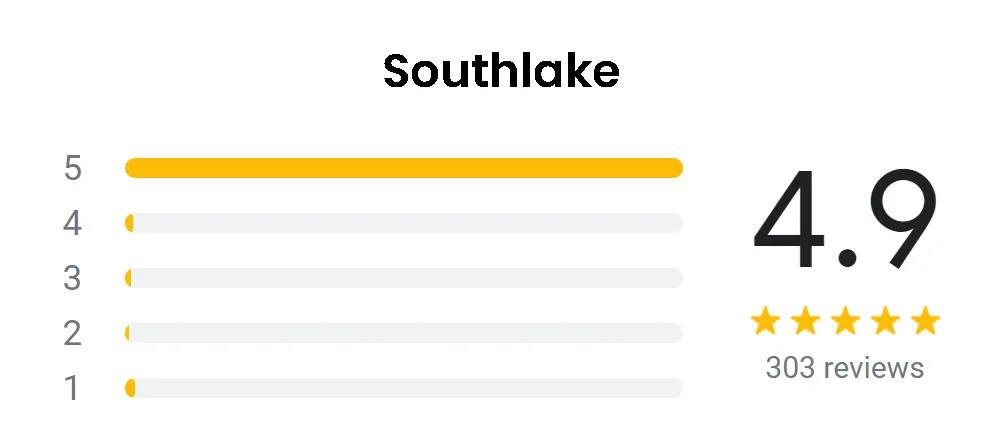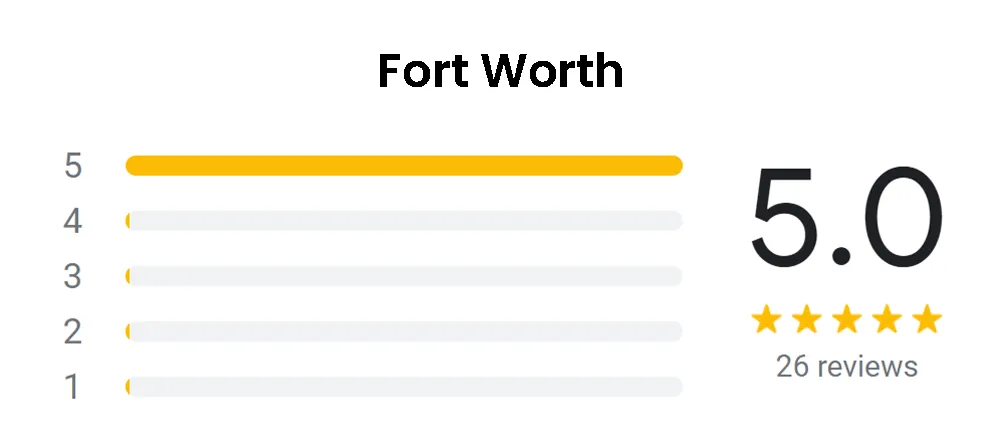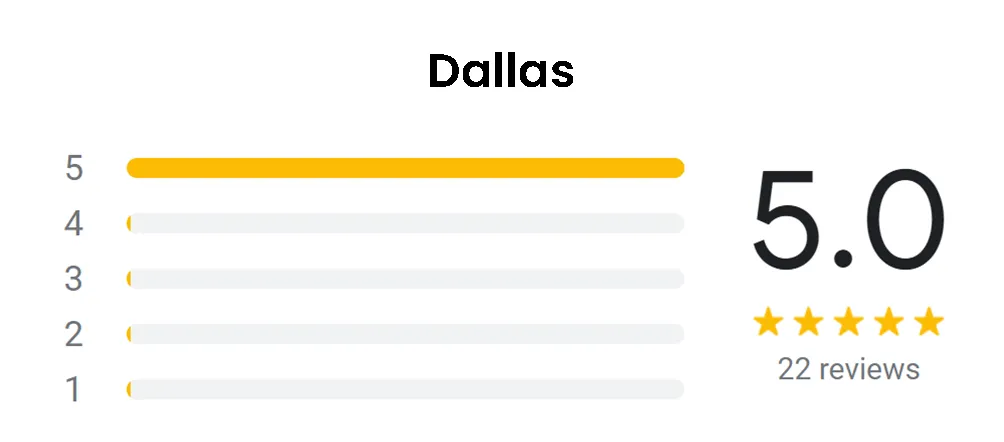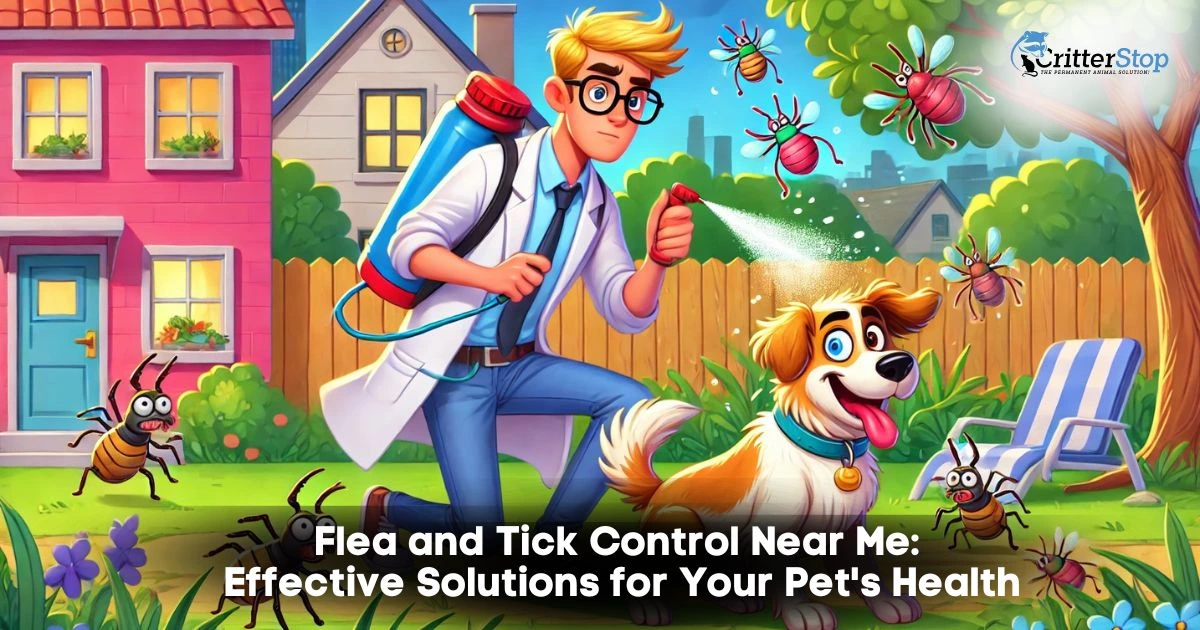
Finding effective flea and tick control near me is essential for pet owners who want to protect their animals and home environment. Local resources often offer targeted solutions specifically suited for the climate and types of fleas and ticks prevalent in the area. When seeking help, many will discover various products and services ranging from preventive treatments to professional pest removal.
In addition to over-the-counter treatments, local veterinary clinics frequently provide guidance on the best flea and tick control methods. Pet owners can benefit from personalized recommendations based on their pets' needs. Engaging with local experts can help ensure that the chosen solutions are safe and effective for furry family members.
Strengthening knowledge about flea and tick control can lead to quicker and more effective action. By understanding the available options, pet owners can guard against infestations and keep their homes comfortable and pet-friendly. Exploring the local landscape for control methods is a proactive step in maintaining a pest-free environment.
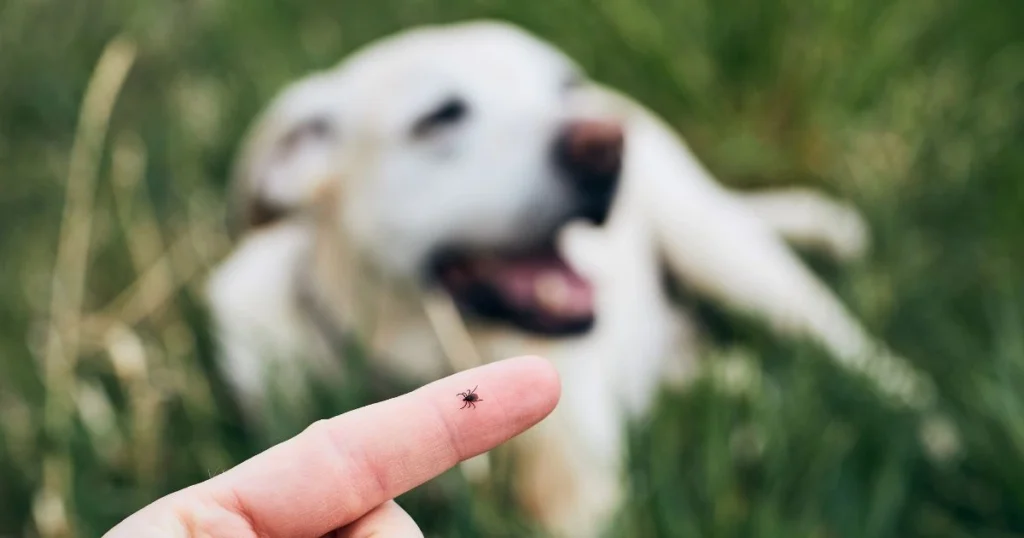
Fleas and ticks are common parasites that can infest homes and pets, leading to discomfort and health risks. Recognizing their lifecycle and the dangers they pose is essential for effective control.
Fleas undergo a complex lifecycle consisting of four stages: egg, larva, pupa, and adult. Adult fleas can lay up to 50 eggs per day. These eggs fall into the environment, where larvae emerge and feed on organic debris. They then cocoon themselves, sometimes remaining dormant for months before emerging as adults when conditions are right.
Ticks also have a multi-stage lifecycle, which includes egg, larva, nymph, and adult stages. Adult female ticks typically lay thousands of eggs in the environment. After hatching, larvae must find a host to feed on, often transitioning through several hosts to mature into nymphs and adults, which can also feed on multiple hosts.
Flea and tick infestations can lead to numerous health issues. Fleas can cause skin irritations and allergic reactions and transmit diseases like tapeworms and Bartonella. Pets infested with fleas may exhibit excessive scratching, leading to infections.
Ticks are notorious for transmitting Lyme disease and Rocky Mountain spotted fever. These diseases can have serious health implications for both pets and humans. Regular checks for ticks after outdoor activities and flea control treatments are vital in mitigating these risks. Utilizing flea and tick control services near me can help maintain a pest-free environment.
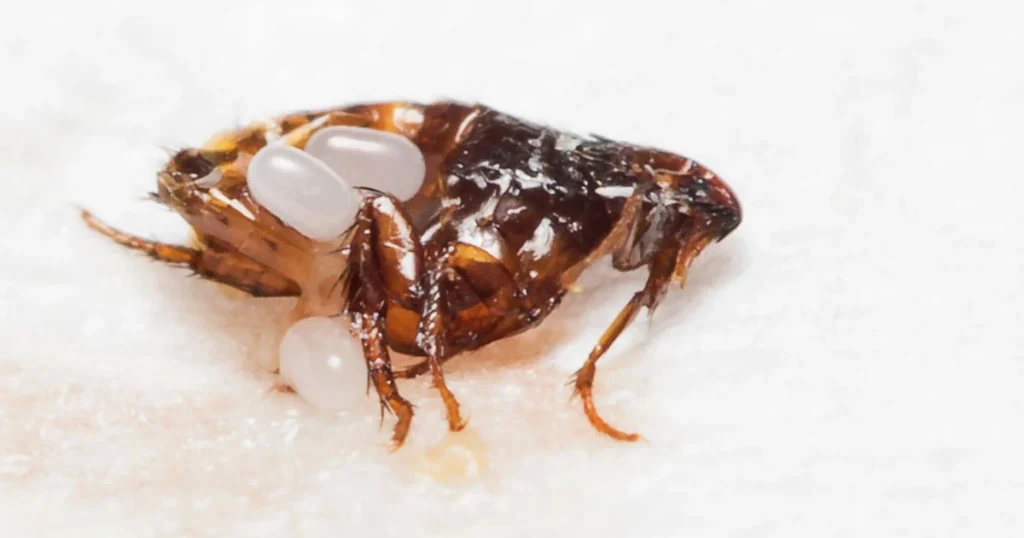
Professional flea and tick control offers significant advantages over DIY methods. Experts bring specialized knowledge and tools that enhance effectiveness and safety.
Professional services excel in accurately identifying pests. They can distinguish between fleas, ticks, and other pests, leading to targeted treatment. Misidentification can lead to ineffective solutions and recurring infestations.
Additionally, professionals assess the environment, examining areas where pets frequent and potential nesting sites. This thorough approach allows for comprehensive treatment plans tailored to specific needs.
Trained technicians utilize industry-standard techniques to gather information about the type of infestation present. Such expertise dramatically increases the chance of successful pest removal.
Professionals employ a range of effective treatment methods. They use advanced products that are not available to the general public, including insect growth regulators that disrupt pests' life cycles.
Moreover, professional services often implement integrated pest management (IPM) strategies. These methods combine chemical treatments with non-chemical approaches, reducing reliance on pesticides and minimizing environmental impact.
Regular follow-up visits ensure environments remain pest-free. Professionals can also provide preventative advice, helping clients maintain a flea and tick-free home. This proactive approach can save time and money in the long run while enhancing peace of mind.
Clients seeking "flea treatment near me" access local expertise contributing to long-term solutions.
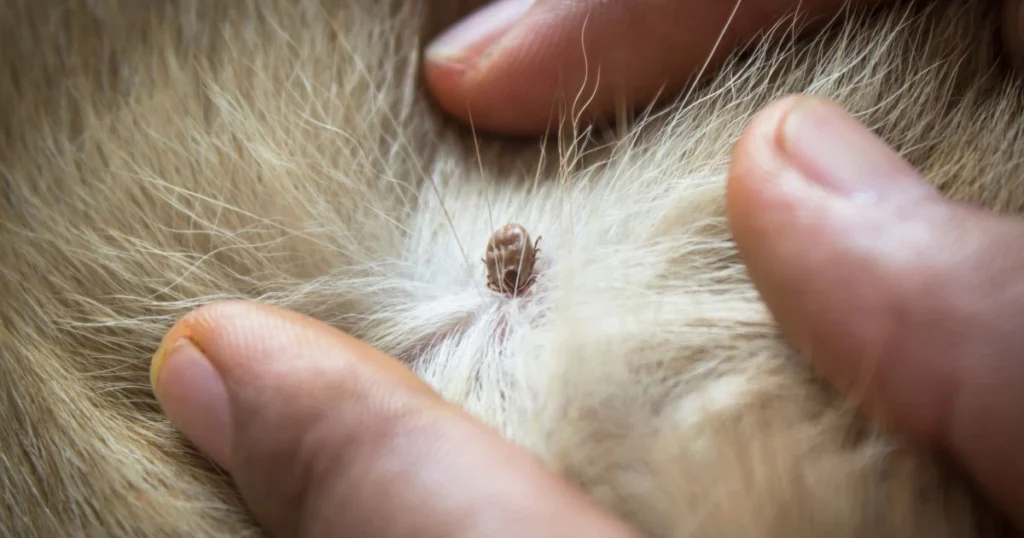
Several important factors come into play when choosing a pest control service for flea and tick management. The specific qualifications, treatments utilized, and adherence to local regulations should inform the decision.
Selecting a pest control service requires careful consideration of several criteria. First, check for licenses and certifications to ensure the service complies with industry standards. Verify if the technicians have specialized training in pest management, particularly for fleas and ticks.
Next, inquire about the types of treatments offered. Integrated Pest Management (IPM) is a recommended approach combining multiple effective strategies. Assess customer reviews and ratings online to gauge the company’s reputation and reliability.
Furthermore, request detailed estimates and compare services. Transparency in pricing and the methods used is crucial. Consider if they provide guarantees or follow-up services to measure treatment effectiveness.
Knowing local pest control regulations is essential before hiring a pest control service. Rules can vary significantly by location, so understanding them is necessary. Many areas have specific guidelines on pesticide use, especially concerning residential properties and sensitive environments.
Check if the service complies with local regulations, including proper chemical disposal and safety protocols for pets and children. This compliance ensures that the chosen service operates within legal boundaries while minimizing risks to health and the environment.
Understanding these regulations can also help select a service that uses environmentally-friendly methods. Always request documentation or proof of compliance to ensure the safety of both treatment options and practices.

Flea and tick treatment costs can vary significantly based on several factors. Understanding these variables helps in making informed decisions when choosing treatment options.
Several factors influence the cost of flea and tick treatments. The type of treatment chosen plays a critical role. Topical treatments typically range from $30 to $60, while oral medications may cost between $40 and $100.
Another crucial factor is the size of the pet. Larger pets require more medication, increasing overall costs. In addition, some services may charge extra for larger breeds.
Geographic location matters, too. Urban areas may have higher service fees influenced by demand. Seasonal fluctuations can also affect prices; prices often rise during peak flea and tick seasons.
When comparing treatment costs, it's essential to consider both preventive and reactive options. Preventive products are generally more cost-effective in the long run. For instance, monthly prevention can average around $10 to $20, whereas treating an infestation can exceed $300 depending on severity.
Costs vary widely for home treatments. Professional pest control services charge from $100 to $400, while DIY solutions can cost as little as $20 for sprays or foggers. Assessing the severity of the infestation and available resources helps determine the best approach. Comparing these costs ensures effective and budget-conscious decisions.
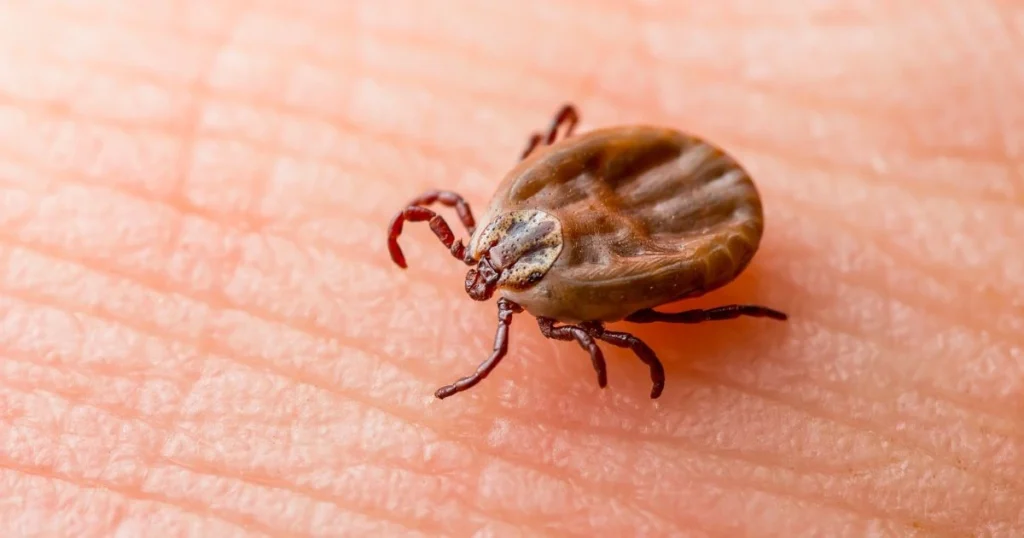
Proper preparation is essential before starting flea and tick control treatments. Taking specific actions ensures safety and improves the effectiveness of the methods used.
Before initiating flea and tick control near me, a checklist helps facilitate the process. First, assess the current pest situation. Identify areas of high infestation, both indoors and outdoors.
Next, all pet bedding should be washed with hot water. This removes existing eggs and larvae. Vacuum carpets and upholstery thoroughly; dispose of the vacuum bag or empty the canister outside.
Important preparations include:
This checklist ensures a comprehensive approach to preparing for effective treatment.
After applying flea and tick control near me, specific actions contribute to long-term success. Once treatment is completed, wait for specified durations before allowing pets back into treated areas. This minimizes their exposure to active ingredients.
It is also essential to monitor pets for any signs of irritation. For continued protection, reapply treatments according to product guidelines. Regular vacuuming after treatment can help remove any remaining pests and their eggs.
Additional measures include:
Following these measures enhances the effectiveness of flea and tick control efforts.
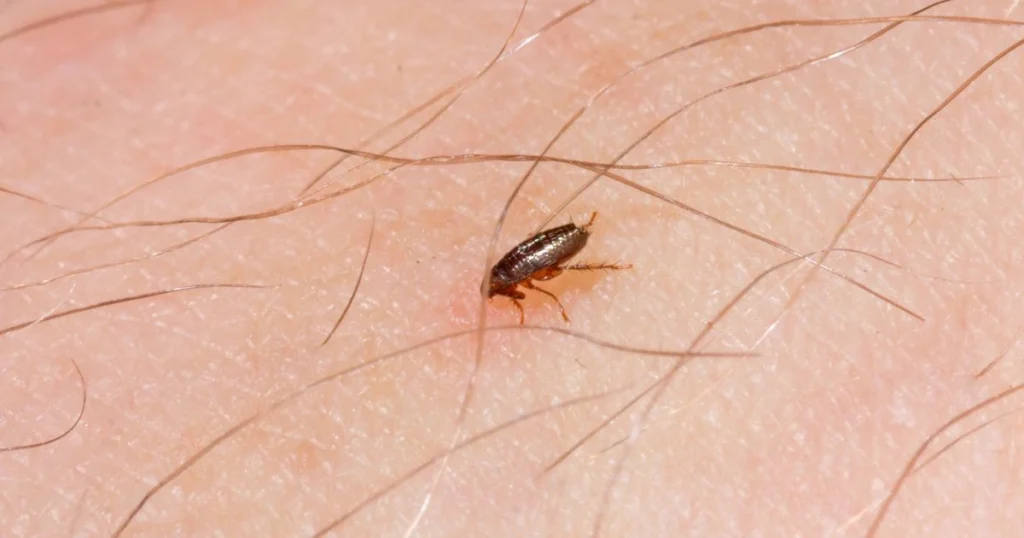
Flea and tick control can be approached through DIY methods or professional services. Each option has distinct advantages and drawbacks to consider before making a decision.
Pros:
Cons:
Professional treatments typically provide a higher level of effectiveness. Experts use specialized products and equipment that often exceed the capabilities of consumer-grade solutions.
Choosing between DIY methods and professional services depends on individual circumstances, including the severity of the infestation and the resources available.
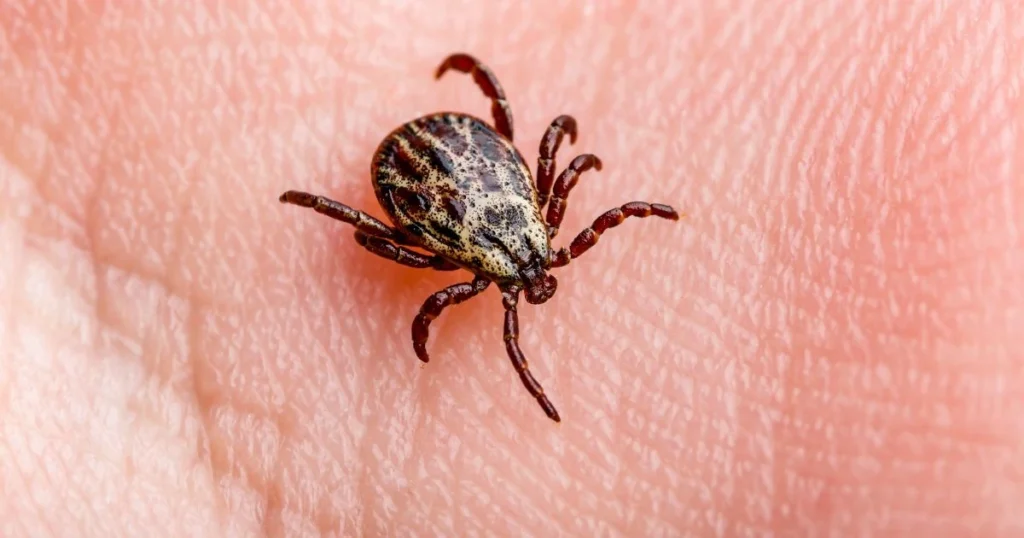
Effective prevention of flea and tick infestations requires a combination of regular maintenance and proper pet care. Taking proactive steps can significantly reduce the risk of these pests affecting homes and pets.
Maintaining a clean environment is crucial for flea and tick prevention. Regular lawn care helps. Mowing the grass frequently and keeping it trimmed reduces the habitat where these pests thrive. Additionally, removing debris and leaves from the yard creates an inhospitable environment for fleas and ticks.
Vacuuming regularly is essential inside the home. Focus on carpets, rugs, and upholstery to remove eggs and larvae. Dispose of the vacuum bag or its contents immediately to prevent re-infestation. Wash pet bedding and other fabrics in hot water weekly. This destroys any hidden flea or tick eggs.
Consider applying insect growth regulators (IGRs) in indoor and outdoor spaces. These products interrupt the life cycle of fleas and ticks, reducing their population over time.
Proper pet care is vital for protecting against fleas and ticks. Regular vet check-ups ensure that pets are up-to-date on preventative treatments. Flea and tick medications such as topical treatments, collars, or oral medications can reduce the likelihood of infestations.
Bathing pets regularly with flea-repellent shampoo can help control pests. It's important to brush pets often to remove unwanted fleas or ticks and check for signs of infestation.
When taking pets outdoors, stick to well-maintained paths and avoid areas with tall grass and dense brush. This minimizes the chances of contact with fleas and ticks. Implementing these strategies can create a multi-faceted approach to pest prevention.

Recognizing when to call for professional assistance can make a significant difference in managing flea and tick infestations effectively. Timely intervention alleviates discomfort and protects the health of pets and family members.
A notable increase in flea or tick presence indicates a heavy infestation. Signs include pets' frequent scratching, visible pests in their fur, or finding fleas and ticks in resting areas.
Indicators of Heavy Infestation:
Professional pest control services may be necessary if these signs persist despite home treatment. Local services focusing on “flea and tick control near me” can provide more effective targeted treatments.
Fleas and ticks pose various health risks to both pets and humans. Fleas can cause allergic reactions and skin infections, while ticks can transmit Lyme disease and Rocky Mountain spotted fever.
Health Risks:
Consulting a veterinarian is crucial if any unusual symptoms arise in pets, such as lethargy or persistent discomfort. Professional help from a company like Critter Stop can also address these issues effectively. They have a fantastic reputation and customer reviews online due to their high-quality work and excellent customer service. For a free inspection, interested parties can call Critter Stop at (214) 234-2616 to resolve pest issues promptly.
This section addresses common inquiries regarding flea and tick control options and their effectiveness. It provides specific information relevant to consumers seeking assistance in their area.
Flea and tick control services are typically available through local veterinary clinics, pet supply stores, and pest control companies. Online directories and review sites often provide user ratings and locations of nearby providers.
Many local businesses offer budget-friendly solutions, including DIY treatments and monthly service plans. Community programs or nonprofit organizations may also help lower the cost of flea control.
Services often include insecticide treatments, preventative medication for pets, and inspections of living spaces. Some providers may also offer follow-up visits to ensure the effectiveness of the treatment.
Effectiveness can vary depending on the chosen method and the severity of the infestation. Many local providers utilize treatments designed to eliminate fleas at various life stages, promoting a flea-free environment.
The cost of flea treatment can vary significantly by region. Due to demand, urban areas might have higher prices, while rural regions may offer more competitive rates.
Several pest control services offer free estimates based on the size of the area to be treated and the severity of the infestation. Potential customers can request quotes through phone calls or online contact forms.
Treating larger homes typically costs more than treating smaller spaces due to the increased labor and materials required. For accurate pricing, estimates for extensive treatments should be obtained from local services.
In urban areas, factors like population density, the prevalence of infestations, and local service overhead can impact treatment costs. The availability of service providers in the area also plays a role in determining pricing.
Visit our Critter Library and learn more about our furry friends
